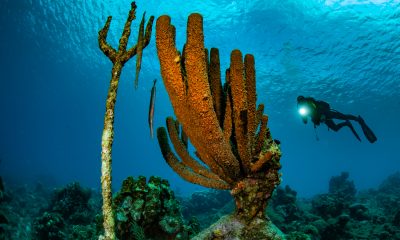News
That’s wrong: misconceptions about overhead diving
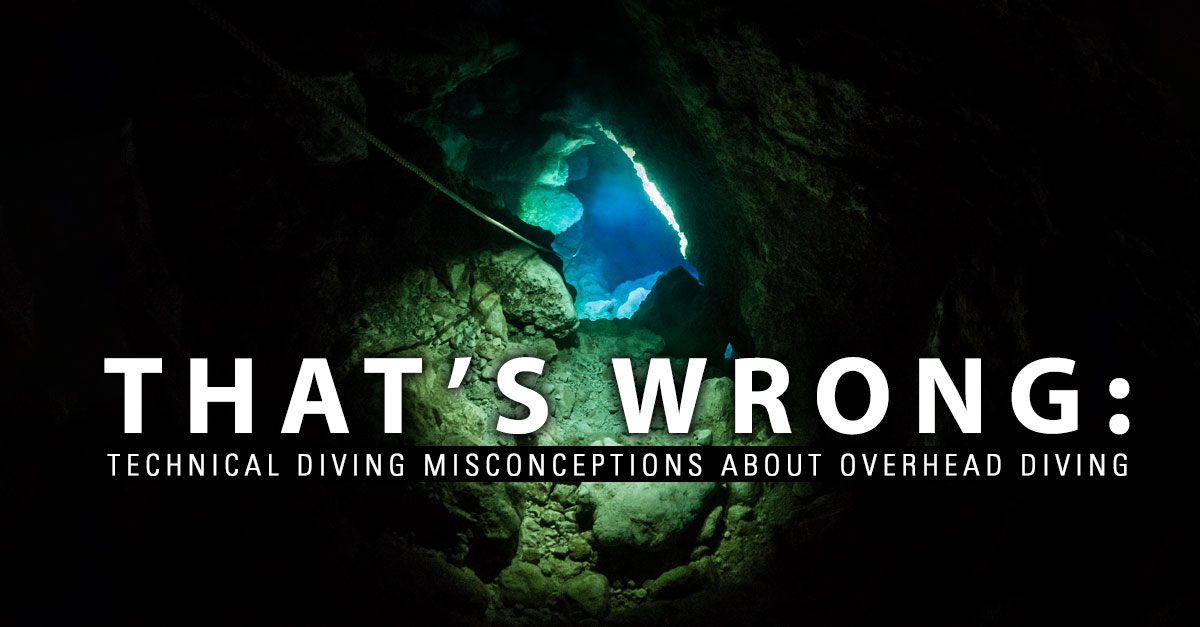
By: John Bentley & Brian Shreve
The interwebs are a great place to pick up some great, and some not so great, information. Internet cave divers seem to enjoy spouting off opinions based loosely on nothing. This is particularly scary considering the fragility of the cave community and the necessity for standardization in cave diving. Spend a little time on the various scuba related websites, and it’s amazing some of the just plain wrong things you can read!
Here are just a few of them we’ve recently found:
The Rule of 1/6th isn’t appropriate for gaining real experience
This is, unfortunately, a popular one in the North Florida area: The idea that 1/6th doesn’t give the Intro Cave diver enough distance to utilize their newfound awareness, conservation and buddy skills. That’s just not the case. 1/6th gives adequate gas, even for the biggest gas guzzler, to get acquainted to a cave system in a way that exposes them to overhead stress with emphasis on line awareness, buddy procedures, communication, and gas management. It essentially eliminates navigation stress through mainline navigation only, reduces time/distance stress and eliminates most decompression obligation stress.
If 1/6th diver’s gas consumption rates aren’t adequate for getting a few hundred feet into the cave that shows that their comfort level, fitness, and streamlining are not to the level needed to be that far into a cave anyway. While all divers breathe at different rates, and that’s a physiological issue, even the best trained divers double their gas consumption rate under stress. Putting a high volume breather further into a cave without mastery of stress management is asking for trouble.
Visual Jumps are OK
It’s only 3 feet!
This cave never silts out!
I’m familiar with this passage…
Holy moley, no! This one defines all logic. The time it takes to install a jump or gap, a matter of seconds, nullifies all reasons that this would be ok. All overhead dives should be planned for a total loss of visibility, whether through siltation, total light failure or mask loss. If viz is gone finding the gap will be difficult, objectively more difficult than following a line.
Primary lines are optional in tourist caves
This system will spit me out if I’m lost!
Close to open water is close enough!
This one goes back to the previous point. Just no! Tourist caves, like Ginnie and Peacock, that don’t have a line that goes to open water, are no safer than a virgin system. A cavern full of students can quickly make Peacock impossible to navigate. Plenty of individuals have perished in the forward section of a system because they couldn’t clearly find an exit. Just to clarify – If you’re in trouble, running low on gas after a reg failure in low vizibility, do you really want to hit the end of the line, let go, and hope for Mama Ginnie to spit you out? If the answer to that is yes: please, please, take up racquetball instead of cave diving.
It annoys everyone when caverns are a mess of lines, and yes, sometimes that makes it more dangerous. The only solution for a clear exit, where the line runs to the open water, is for cave divers to speak up and have lines extended to open water. This is an issue with land owners not properly restricting access to non-overhead divers. If the site is not open water appropriate (Ginnie for example) then it needs to be restricted to overhead divers only and the guideline should be extended to open water to prevent too many lines. Issues like this are very isolated to certain sites in North Florida and, despite the ease of fix, have spawned an alternate pattern of thinking towards continuous guidelines in cave diving. While every cave is unique and beautiful no cave merits entry without the ability to very easily navigate to the surface with visibility loss.
The Rule of 1/3rds is always appropriate
This is normalization of deviance at its best. The rule of thirds is not always appropriate. When exerted you will use substantially more gas. Long strenuous swims using substantially more gas, or possibly gas sharing, will not work with the rule of thirds. Stages do cause drag and aren’t always appropriate but with long swims in low flow systems they’re a necessary parachute. The “Grand Traverse” in Peacock is often done on thirds and while that seems appropriate to some the margin for error is little with only the gas in a couple sets of mains. A setup dive for longer swims or scooters should include a stage cylinder(s) drop for use as a safety cylinder. This goes back to the basics of dive planning and gas management. We’ve seemed to have forgotten that there are reasons behind the 1/3 rule.
These are just a sample of researched and proven techniques being put to the wayside for stories being shared between divers. The data pools aren’t huge in cave diving, but they’re large enough to set our safety standards. Ignoring these basic guidelines puts us all at risk.
To find out more about International Training, visit www.tdisdi.com.

Blogs
TRAVEL BLOG: Jeff Goodman Dives SOMABAY, Part 3

Today we are diving one of the outer reefs from an inflatable. As we reach the bottom, a reef octopus eases its way into the cover of a small crack in the coral while displaying it’s incredible ability to change colour. They are arguably one of the most charismatic of reef dwellers and it is always exciting for me to simply hover and watch. I would have spent longer and waited for it to come and investigate me, but as dive time is limited we wanted to move on and find a turtle.
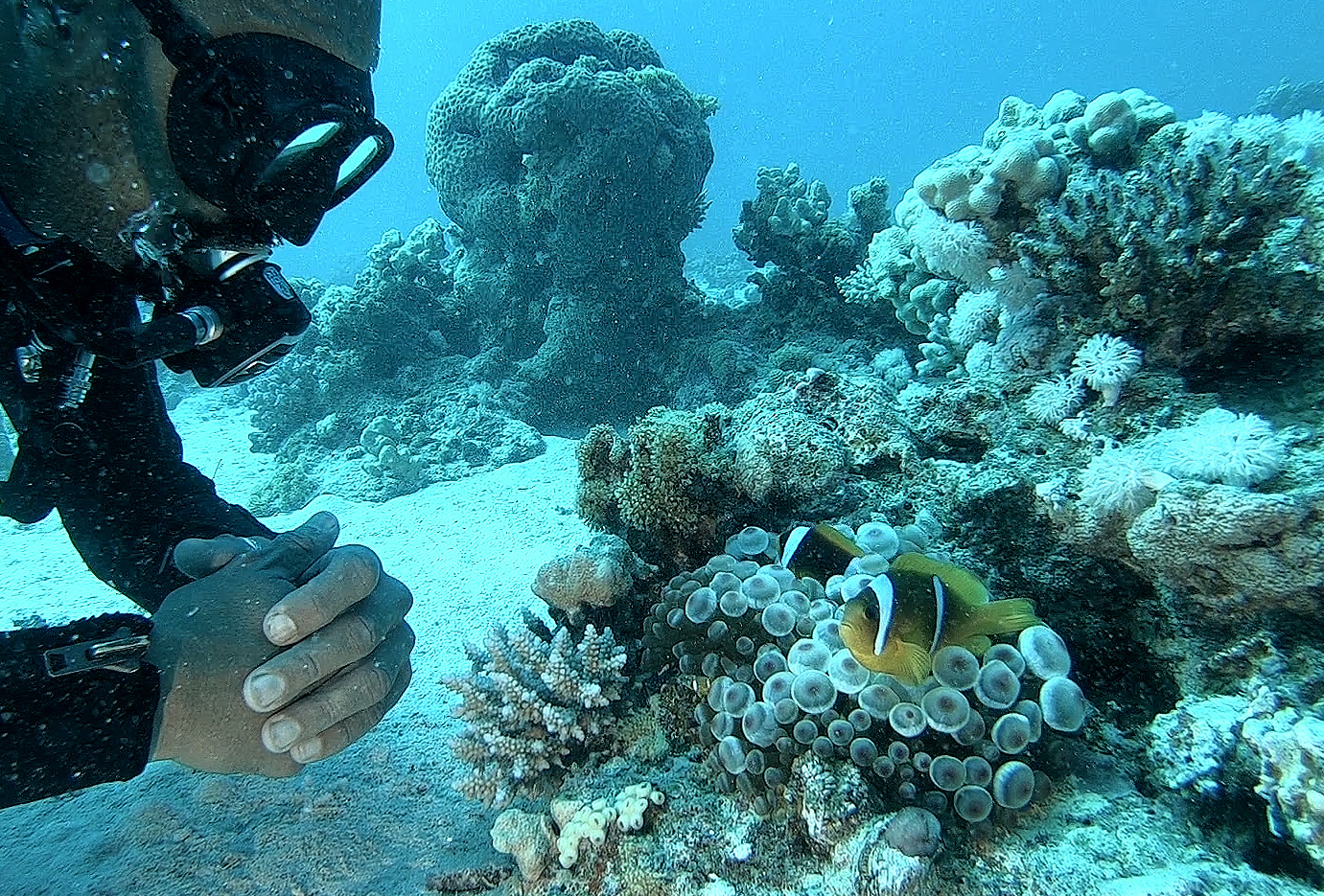
The waters around Somabay are well protected and hold a rich variety of marine life. The reef edges are thriving colonies of coral and shoaling fish, while nearer the sea bed plenty of wildlife is still to be found.
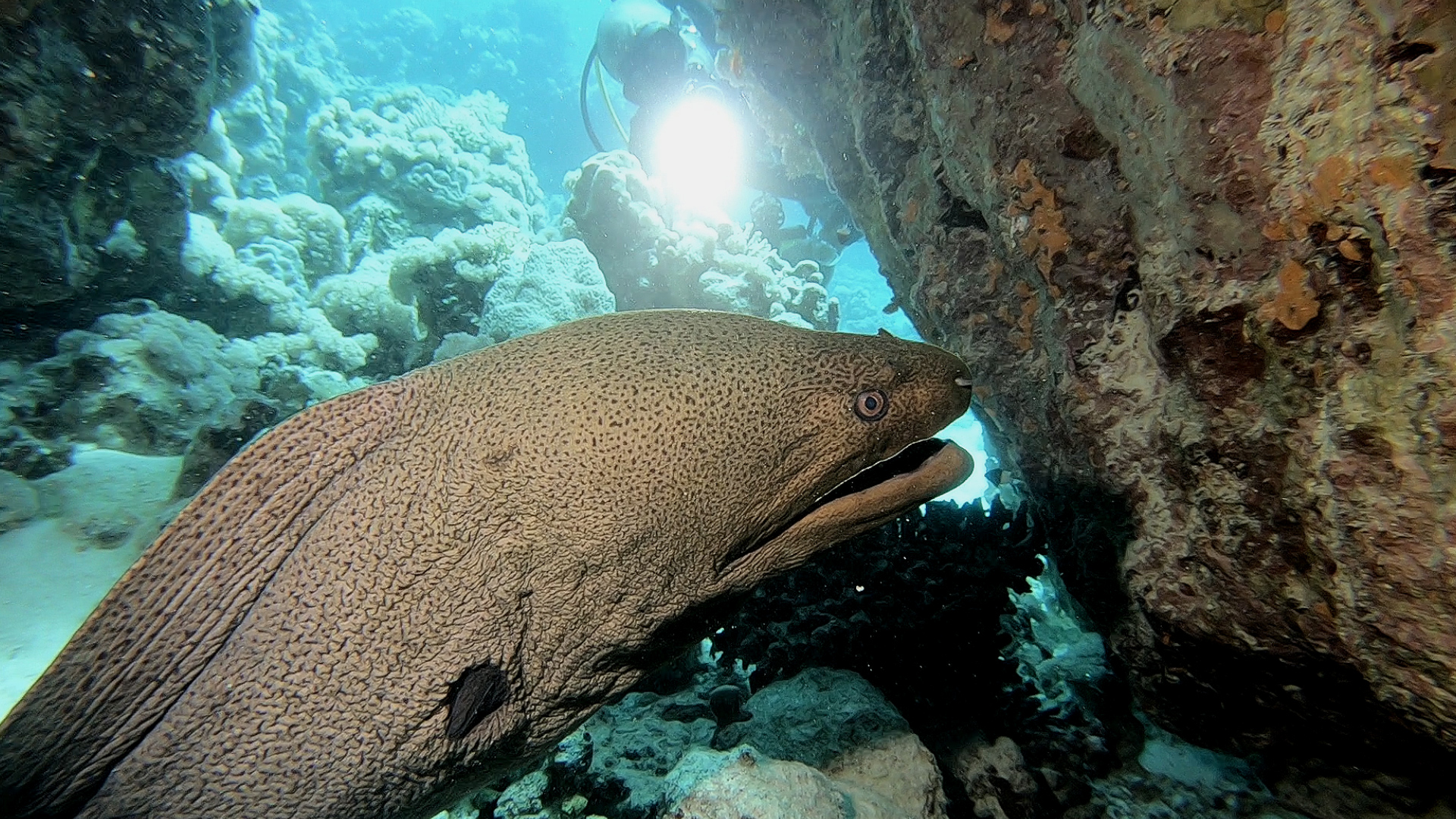
Then we located the turtles. They are very used to divers and so show little concern when slowly approached. In fact occasionally one will come over to see what you are doing. There is always huge excitement when diving with a turtle. The shear thrill of sharing a moment with another species.
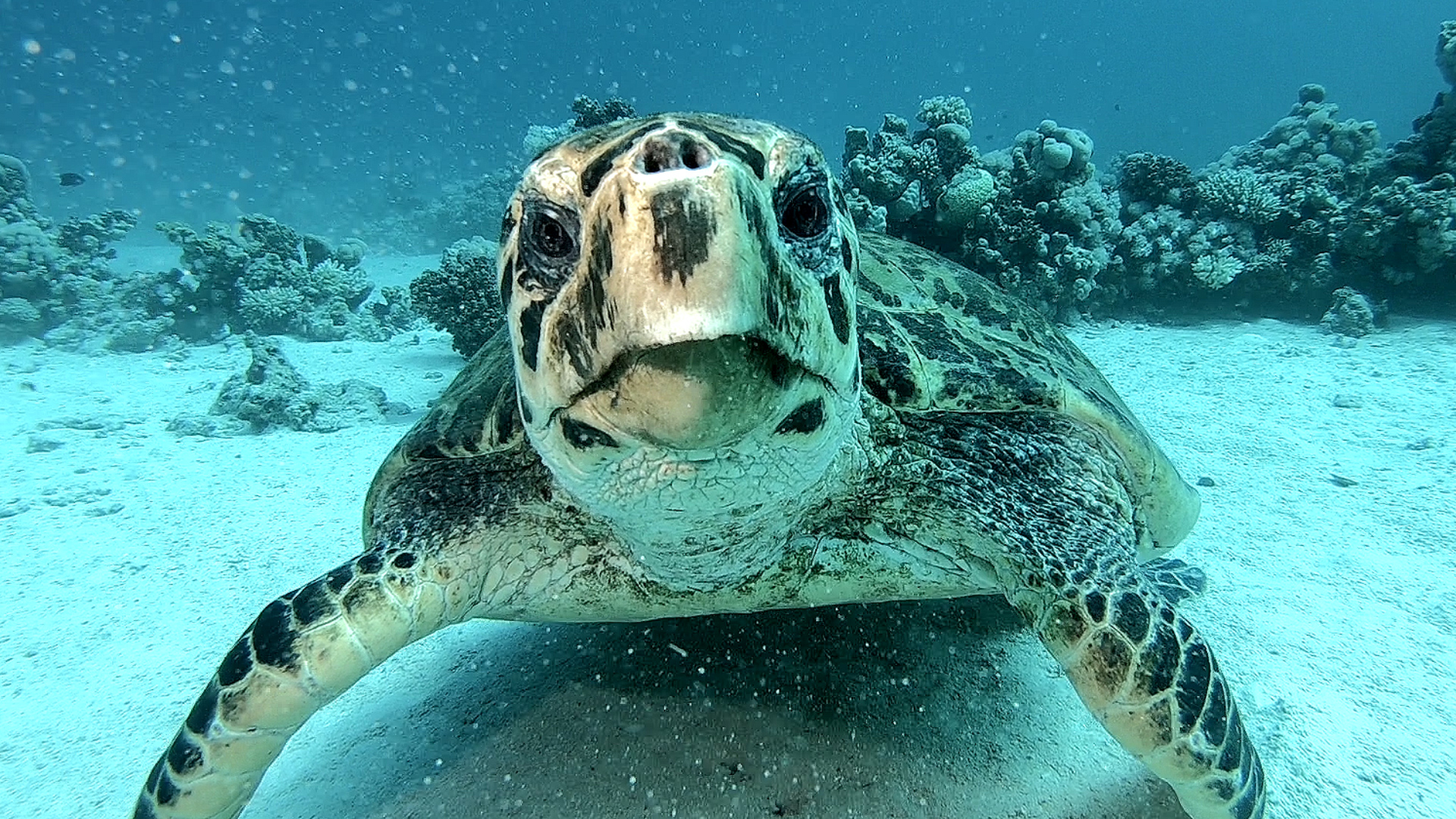
What a fantastic way to finish a wonderful few days diving and I would like to thank SOMABAY, ORCA DIVING and THE BREAKERS for making my stay such a good one.
I had a great time, with diving everyday either on the house reef or on one of the offshore reefs by inflatable or larger day boat. Orca diving provided high quality equipment and facilities while the staff were all very friendly and welcoming. The Breakers was right on the coast with nice rooms, good food and once again friendly staff making the whole trip a real pleasure.
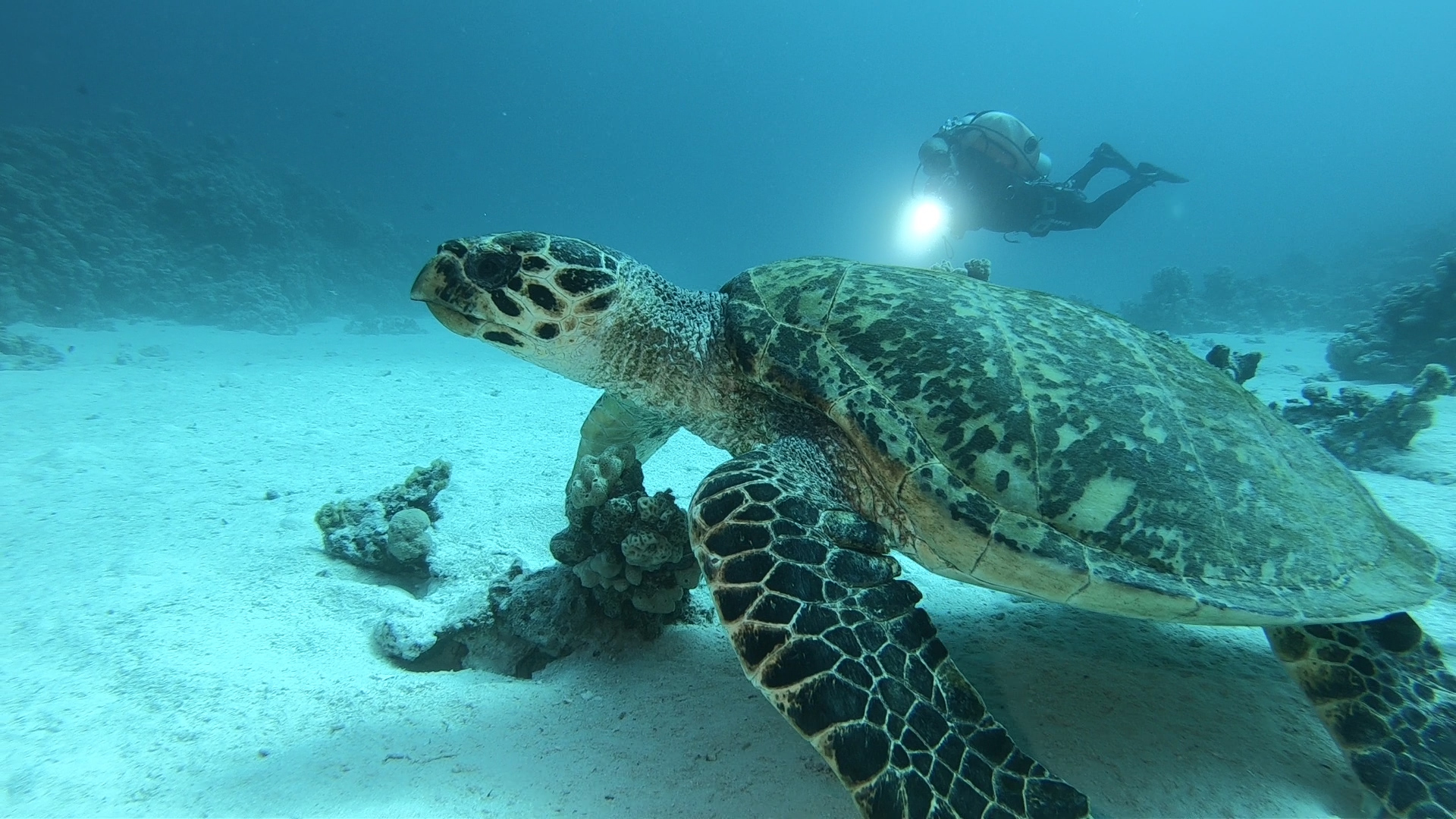
Soma Bay covers an entire peninsula and is home to several resorts as well as residential compounds.
As well as scuba diving, Somabay caters for many other sports and activities, and so is perfect for families as well as individuals and/or groups. And of course there is always time to lay peacefully on the beach under the Egyptian sun.
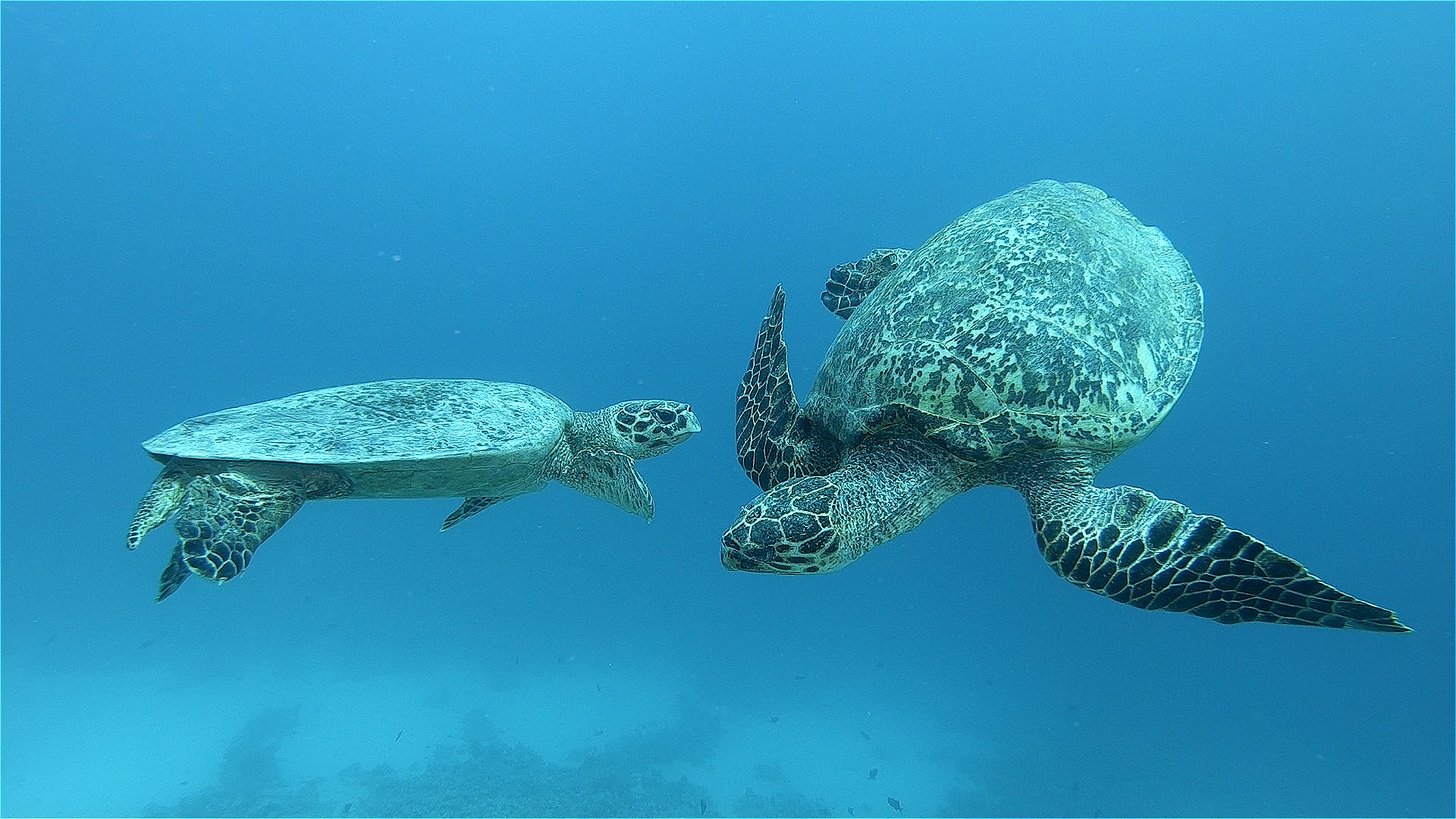
Book your next Red Sea dive adventure with SOMABAY! For more information, visit www.somabay.com.
Stay at the Breakers Diving & Surfing Lodge when you visit! For more information, visit www.thebreakers-somabay.com.
Find out more about ORCA Dive Clubs at SOMABAY at www.orca-diveclubs.com/en/soma-bay-en.
Blogs
TRAVEL BLOG: Jeff Goodman Dives SOMABAY, Part 2

Day three of my trip to Somabay and we were spending the day on the Lady Christina and diving on the wreck of the Salem Express.
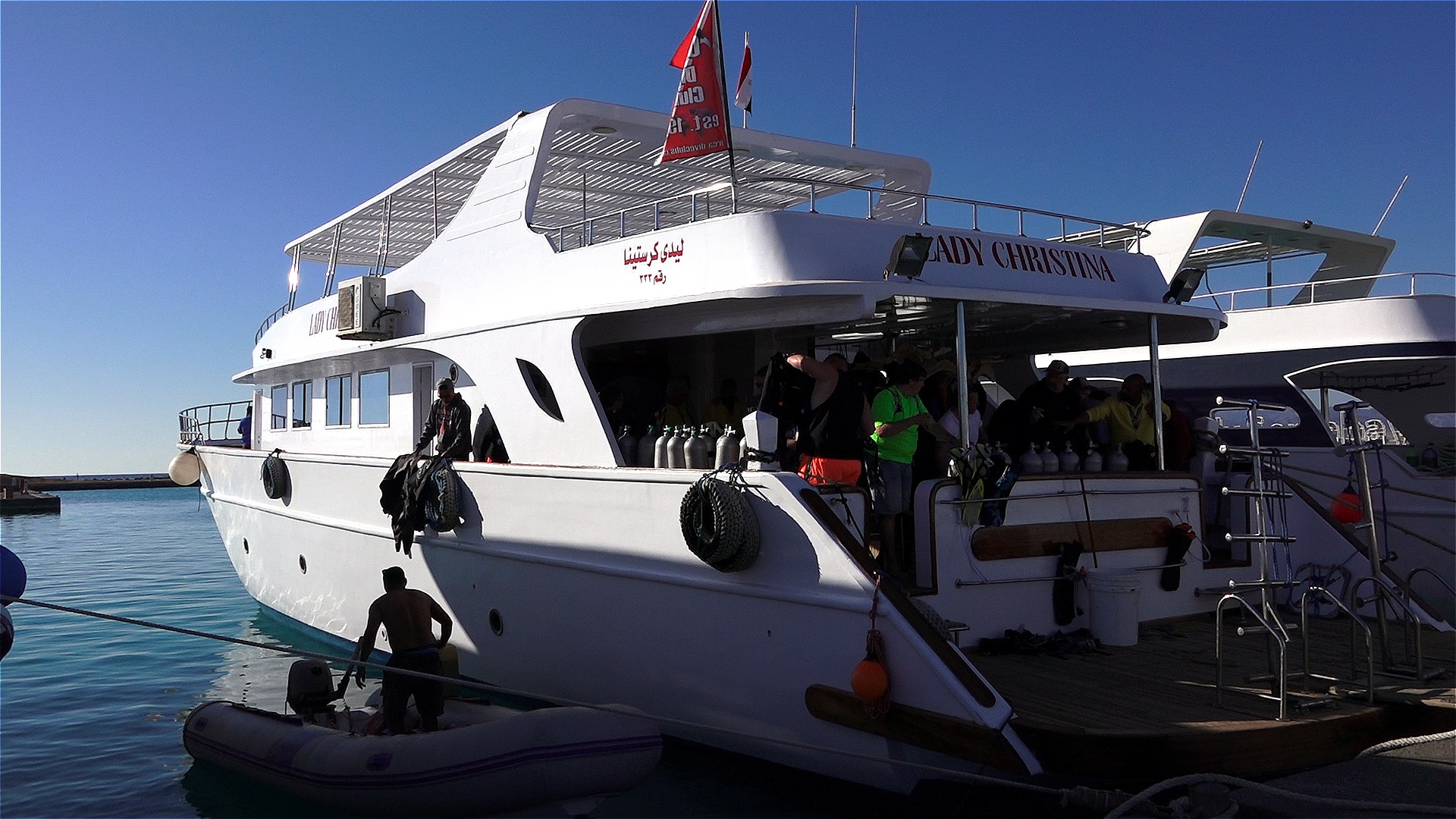
Diving wrecks for me is always one of mixed emotions. The excitement of diving a wreck is more than often tempered by the thought of loss of life when she sank. The Salem Express was a passenger ship and a roll-on/roll-off ferry travelling from Jeddah, Saudi Arabia to Safaga, Egypt. Most passengers were of poor class travelling home from their holidays while around 150 people were returning home from their pilgrimage to Mecca.

The ship struck a reef and sank within 20 minutes. Passengers were trapped below deck and the ship was filled with fear and panic.

The wreck area is strewn with personal belongings from the crew and passengers such as a transistor radio and a flat iron for clothes. A diver at sometime has put them in a prominent place to be seen.

Tragically only one life boat was launched while the others went down with the ship. More than 600 men, women and children lost their lives here.

It’s a stark reminder that the sea can be unforgiving and so when we dive on such wrecks we should do so with humble regard.
Returning to the surface, shoals of fish are gathered under our boat and seem to be welcoming us back into the light.
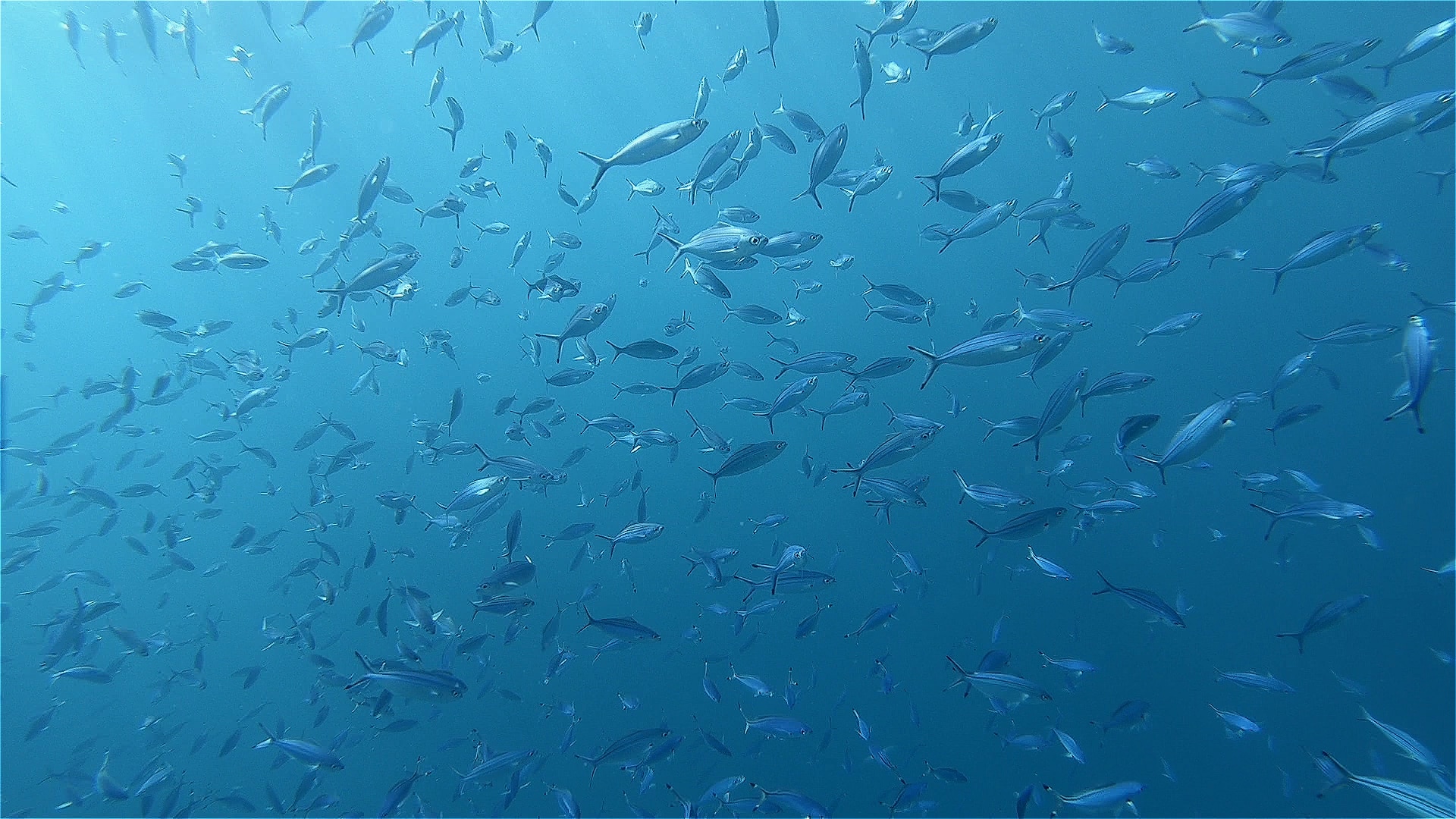
Back at the Breakers I sat in the dining area with a beer and a very good meal while my thoughts still remained with the day’s dive on the Salem Express.
Check in for part 3 tomorrow for Jeff’s last day of diving with Somabay on the off-shore reefs looking for turtles.
Book your next Red Sea dive adventure with SOMABAY! For more information, visit www.somabay.com.
Stay at the Breakers Diving & Surfing Lodge when you visit! For more information, visit www.thebreakers-somabay.com.
Find out more about ORCA Dive Clubs at SOMABAY at www.orca-diveclubs.com/en/soma-bay-en.
-

 News3 months ago
News3 months agoHone your underwater photography skills with Alphamarine Photography at Red Sea Diving Safari in March
-

 News2 months ago
News2 months agoCapturing Critters in Lembeh Underwater Photography Workshop 2024: Event Roundup
-

 Marine Life & Conservation Blogs2 months ago
Marine Life & Conservation Blogs2 months agoCreature Feature: Swell Sharks
-

 Blogs1 month ago
Blogs1 month agoMurex Resorts: Passport to Paradise!
-

 Gear News3 months ago
Gear News3 months agoBare X-Mission Drysuit: Ideal for Both Technical and Recreational Divers
-

 Blogs2 months ago
Blogs2 months agoDiver Discovering Whale Skeletons Beneath Ice Judged World’s Best Underwater Photograph
-

 Gear Reviews2 months ago
Gear Reviews2 months agoGear Review: Oceanic+ Dive Housing for iPhone
-
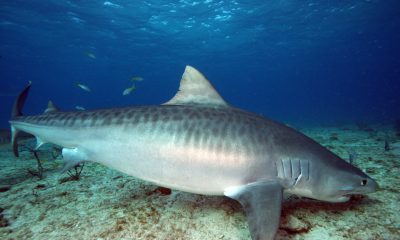
 Blogs3 months ago
Blogs3 months agoThe Thrilling Encounter with Tiger Sharks at Beqa Lagoon’s ‘The Colosseum’ with Coral Coast Divers











